Get to know the proton pump inhibitors in this nursing pharmacology guide for student nurses. Learn about proton pump inhibitors, their uses, and the nursing considerations for patients when using them.
The gastric acid pump or proton pump inhibitors suppress gastric acid secretion by specifically inhibiting the hydrogen-potassium adenosine triphosphatase enzyme system on the secretory surface of the gastric parietal cells.
Proton Pump Inhibitors: Generic and Brand Names
Here is a table of the most commonly encountered proton pump inhibitors:
- Proton pump inhibitors
- dexlansoprazole (Kapidex)
- esomeprazole (Nexium)
- lansoprazole (Prevacid)
- omeprazole (Prilosec)
- pantoprazole (Protonix)
- rabeprazole (Aciphex)
Disease Spotlight: Gastroesophageal Reflux
Gastroesophageal reflux disease (GERD) occurs when stomach acid frequently flows back into the tube connecting the mouth and the stomach (esophagus).
- GERD is a mild acid reflux that occurs at least twice a week, or moderate to severe acid reflux that occurs at least once a week.
- Common signs and symptoms of GERD include a burning sensation in the chest (heartburn), usually after eating, which might be worse at night; chest pain; difficulty swallowing; regurgitation of food or sour liquid; and a sensation of a lump in your throat.
What are Proton Pump Inhibitors?
Proton pump inhibitors suppress the secretion of hydrochloric acid into the lumen of the stomach.
Therapeutic actions
The desired actions of antacids include the following:
- Blocks the final step of acid production, lowering the acid levels in the stomach.
- Inhibits the hydrogen-potassium adenosine triphosphate enzyme system on the secretory surface of the gastric parietal cells.
Indication
Antacids are indicated for the following:
- Treatment and maintenance of erosive esophagitis, treatment of heartburn associated with GERD.
- Treatment of GERD, severe erosive esophagitis, duodenal ulcers, and pathological hypersecretory condition.
- Treatment of gastric ulcer.
- Maintenance therapy for healing duodenal ulcers and esophagitis.
- In combination therapy for eradicating Helicobacter pylori infection.
- Approved for use in children for treatment of GERD, peptic ulcer, and Zollinger-Ellison syndrome.
Pharmacokinetics
Esomeprazole, lansoprazole, and pantoprazole are available in delayed-release oral forms and as IV preparations; rabeprazole, dexlansoprazole, and omeprazole are available only in delayed-release oral forms.
| Route | Onset | Peak | Duration |
|---|---|---|---|
| Oral | Varies | 0.5-3.5h | Varies |
Contraindications and Cautions
The following are contraindications and cautions when using proton pump inhibitors:
- Allergy. These drugs are contraindicated in the presence of a known allergy to either the drug or the drug components to prevent hypersensitivity reactions.
- Pregnant or lactating women. Caution should be used in pregnant or lactating women because of the potential for adverse effects on the fetus or neonate.
- Patients 18 years old and below. The safety and efficacy of these drugs have not been established for patients younger than 18 years of age, except for lansoprazole, which is the proton pump inhibitor of choice if one is needed for a child.
Adverse effects
Adverse effects when using proton pump inhibitors include:
- CNS: Headache, dizziness, vertigo, insomnia.
- Skin: Rash.
- GI: Diarrhea, abdominal pain, nausea, vomiting.
- Respiratory: Upper respiratory infections, cough.
Interactions
Clinically important drug-to-drug interactions for proton pump inhibitors include the following drugs:
- Benzodiazepines, phenytoin, and warfarin: There is a risk of increased serum levels and increased toxicity of benzodiazepines, warfarin, and phenytoin if these are combined with these drugs; patients should be monitored closely.
- Ketoconazole and theophylline. Decreased levels of ketoconazole and theophylline have been reported when combined with these drugs, leading to loss of effectiveness.
- Sucralfate. Sucralfate is not absorbed well in the presence of these drugs, and doses should be spaced at least 30 minutes apart if this combination is used.
- Clopidogrel. There is an increased risk of cardiovascular events if proton pump inhibitors are combined with clopidogrel; this combination should be avoided.
Nursing considerations
Nursing considerations when using proton pump inhibitors include the following:
Nursing Assessment
History taking and physical examination of a patient using proton pump inhibitors include:
- Assess for possible contraindications and cautions: history of allergy to a proton pump inhibitor to reduce the risk of hypersensitivity reaction and current status of pregnancy or lactation because of the potential for adverse effects on the fetus or nursing baby.
- Perform a physical examination to establish baseline data before beginning therapy to determine the effectiveness of the therapy and to evaluate for the occurrence of any adverse effects associated with drug therapy.
- Inspect the skin for lesions, rash, pruritus, and dryness to identify possible adverse effects.
- Assess neurological status, including level of orientation, affect and reflexes to evaluate for CNS effects of the drug.
- Inspect and palpate the abdomen to determine potential underlying medical conditions; assess for changes in bowel elimination and GI upset to identify possible adverse effects.
- Assess respiratory status, including respiratory rate and rhythm; note evidence of cough, hoarseness, and epistaxis, to monitor for potential adverse effects of the drugs.
Nursing Diagnosis and Care Planning
Nursing diagnoses related to drug therapy might include the following:
- Diarrhea related to GI effects.
- Risk for constipation related to GI effects.
- Imbalanced nutrition: less than body requirements related to GI effects.
- Disturbed sensory perception (kinesthetic, auditory) related to CNS effects.
- Risk for injury related to CNS effects.
- Deficient knowledge regarding drug therapy.
Nursing Implementation with Rationale
Nursing interventions for patients using proton pump inhibitors include the following:
- Proper administration. Administer drug before meals to ensure that the patient does not open, chew, or crush capsules; they should be swallowed whole to ensure the therapeutic effectiveness of the drug.
- Safety and comfort measures. Provide appropriate safety and comfort measures if CNS effects occur to prevent patient injury.
- Institute a bowel program. Monitor the patient for diarrhea or constipation in order to institute an appropriate bowel program as needed.
- Monitor nutritional status. Monitor the patient’s nutritional status; use of small frequent meals may be helpful if GI upset is a problem.
- Ensure follow-up. Arrange for medical follow-up if symptoms are not resolved after 4 to 8 weeks of therapy because serious underlying conditions could be causing the symptoms.
- Provide patient support. Offer support and encouragement to help the patient cope with the disease and the drug regimen.
- Educate the patient and folks. Provide thorough patient teaching, including the drug name and prescribed dosage; the importance of taking the drug whole without opening, chewing, or crushing it; signs and symptoms of possible adverse effects and measures to minimize or prevent them.
Evaluation
Evaluation of a patient using proton pump inhibitors include the following:
- Monitor patient response to the drug (relief of GI symptoms caused by hyperacidity, healing of erosive GI lesions).
- Monitor for adverse effects (GI effects, CNS changes, dermatological effects, respiratory effects).
- Monitor the effectiveness of comfort and safety measures and compliance with the regimen.
- Evaluate the effectiveness of the teaching plan (patient can name the drug and dosage and describe adverse effects to watch for, specific measures to avoid them, and measures to take to increase the effectiveness of the drug).
Recommended Resources
Our recommended nursing pharmacology resources and books:
Disclosure: Included below are affiliate links from Amazon at no additional cost from you. We may earn a small commission from your purchase which will help support us. Thank you! For more information, check out our privacy policy.
Pharm Phlash! Pharmacology Flash Cards #1 BEST SELLER!
Test-yourself review cards put critical clinical information for nearly 400 of the top generic medications at your fingertips. And, you can count on them for accuracy, because each card is based on content from Davis’s Drug Guide for Nurses. Increase your test scores in pharmacology class.
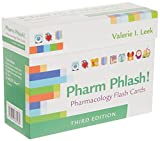
Focus on Pharmacology (8th Edition)
Focus on Nursing Pharmacology makes challenging concepts more approachable. Engaging learning features cultivate your clinical application, critical thinking and patient education capabilities. This updated 8th edition builds on your knowledge of physiology, chemistry and nursing fundamentals to help you conceptualize need-to-know information about each group of drugs.
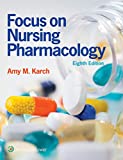
Pharmacology Made Incredibly Easy (Incredibly Easy! Series®)
Nursing pharmacology guide offers step-by-step guidance so you can grasp the fundamentals in enjoyable Incredibly Easy style. This is the perfect supplement to class materials, offering solid preparation for NCLEX® as well as a handy refresher for experienced nurses. Colorfully illustrated chapters offer clear, concise descriptions of crucial nursing pharmacology concepts and procedures.
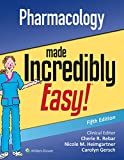
Lehne’s Pharmacology for Nursing Care (11th Edition)
The Eleventh Edition of Lehne’s Pharmacology for Nursing Care provides a thorough understanding of key drugs and their implications for nursing care. This text, written by renowned nursing educators, helps you comprehend and apply pharmacology principles. A clear and engaging writing style simplifies complex concepts, making even the most challenging pharmacology content enjoyable. We recommend this book if you want a comprehensive nursing pharmacology guide.
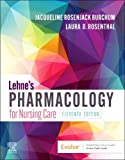
Nursing Drug Handbook
Nursing2023 Drug Handbook delivers evidence-based, nursing-focused drug monographs for nearly 3700 generic, brand-name, and combination drugs. With a tabbed, alphabetical organization and a “New Drugs” section, NDH2023 makes it easy to check drug facts on the spot.
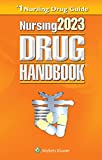
Pharmacology and the Nursing Process
The 10th edition of Pharmacology and the Nursing Process offers practical, user-friendly pharmacology information. The photo atlas contains over 100 unique illustrations and photographs depicting drug administration techniques. Updated drug content reflects the most recent FDA drug approvals, withdrawals, and therapeutic uses.
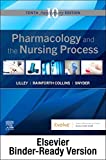
Mosby’s Pharmacology Memory NoteCards: Visual, Mnemonic, and Memory Aids for Nurses
The 6th edition of Mosby’s Pharmacology Memory NoteCards: Visual, Mnemonic, & Memory Aids for Nurses incorporates illustrations and humor to make studying easier and more enjoyable. This unique pharmacology review can be utilized as a spiral-bound notebook or as individual flashcards, making it ideal for mobile study.
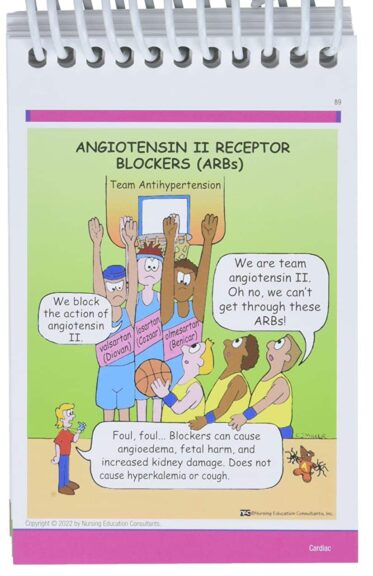
See Also
Here are other nursing pharmacology study guides:
- Nursing Pharmacology – Study Guide for Nurses
Our collection of topics related to nursing pharmacology - Pharmacology Nursing Mnemonics & Tips
These nursing mnemonics aim to simplify the concepts of pharmacology through the use of a simple, concise guide. - Generic Drug Name Stems Cheat Sheet
Learn about these generic drug name stems to help you make sense of drugs easier! - Common Drugs and Their Antidotes
A guide to drug antidotes that nurses should be familiar about. - IV Fluids and Solutions Guide & Cheat Sheet
Get to know the different types of intravenous solutions or IV fluids in this guide and cheat sheet. - Drug Dosage Calculations NCLEX Practice Questions (100+ Items)
Care to take the challenge? This quiz aims to help students and registered nurses alike grasp and master the concepts of medication calculation.
We have a pill for that…
Drug Guides NEW!
Individual drug guides and nursing considerations for the most common medications used in nursing pharmacology:
- Acetaminophen (Tylenol)
- Aspirin
- Atorvastatin (Lipitor)
- Enoxaparin (Lovenox)
- Furosemide (Lasix)
- Gabapentin
- Hydromorphone (Dilaudid)
- Lisinopril
- Metoprolol
- Morphine
Gastrointestinal System Drugs
Respiratory System Drugs
- Antihistamines
- Bronchodilators and Antiasthmatics
- Decongestants
- Expectorants and Mucolytics
- Inhaled Steroids
- Lung Surfactants
Endocrine System Drugs
- Adrenocortical Agents
- Antidiabetic Agents
- Glucose-Elevating Agents
- Hypothalamic Agents
- Insulin
- Parathyroid Agents: Bisphosphonates, Calcitonins
- Pituitary Drugs
- Sulfonylureas
- Thyroid Agents
Autonomic Nervous System Drugs
- Adrenergic Agonists (Sympathomimetics)
- Adrenergic Antagonists (Sympatholytics)
- Anticholinergics (Parasympatholytics)
- Cholinergic Agonists (Parasympathomimetics)
Immune System Drugs
Chemotherapeutic Agents
- Anthelmintics
- Anti-Infective Drugs
- Antibiotics
- Antifungals
- Antineoplastic Agents
- Antiprotozoal Drugs
- Antiviral Drugs
Reproductive System Drugs
Nervous System Drugs
- Antidepressants
- Antiparkinsonism Drugs
- Antiseizure Drugs
- Anxiolytics and Hypnotic Drugs
- General and Local Anesthetics
- Muscle Relaxants
- Narcotics, Narcotic Agonists, and Antimigraine Agents
- Neuromuscular Junction Blocking Agents
- Psychotherapeutic Drugs
Cardiovascular System Drugs
References and Sources
The following are the recommended supplemental reading for this proton pump inhibitor nursing pharmacology study guide:
- Karch, A. M., & Karch. (2011). Focus on nursing pharmacology. Wolters Kluwer Health/Lippincott Williams & Wilkins. [Link]
- Juurlink, D. N., Gomes, T., Ko, D. T., Szmitko, P. E., Austin, P. C., Tu, J. V., … & Mamdani, M. M. (2009). A population-based study of the drug interaction between proton pump inhibitors and clopidogrel. Cmaj, 180(7), 713-718. [Link]
- Smeltzer, S. C., & Bare, B. G. (1992). Brunner & Suddarth’s textbook of medical-surgical nursing. Philadelphia: JB Lippincott.







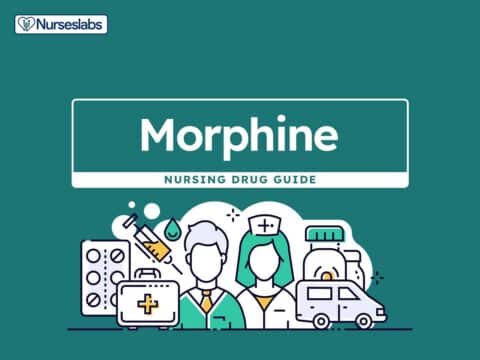
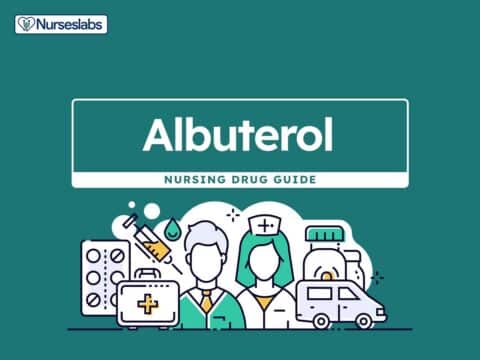
![Furosemide Nursing Considerations and Patient Teaching [Drug Guide]](https://nurseslabs.com/wp-content/uploads/2023/07/Furosemide-480x360.jpg)
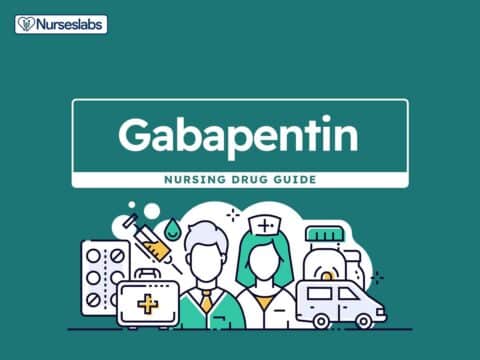
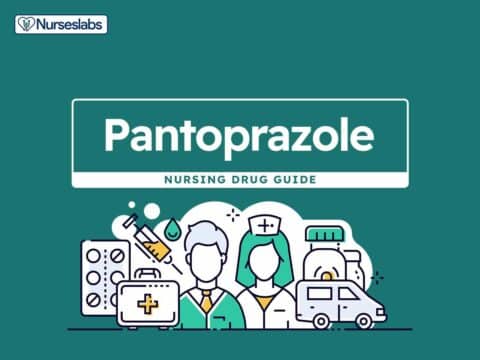
![Lisinopril Nursing Considerations and Patient Teaching [Drug Guide]](https://nurseslabs.com/wp-content/uploads/2023/03/Lisinopril-480x360.jpg)
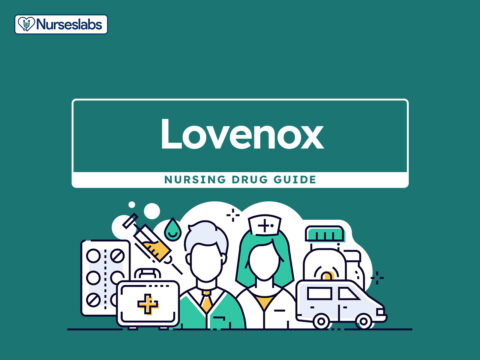
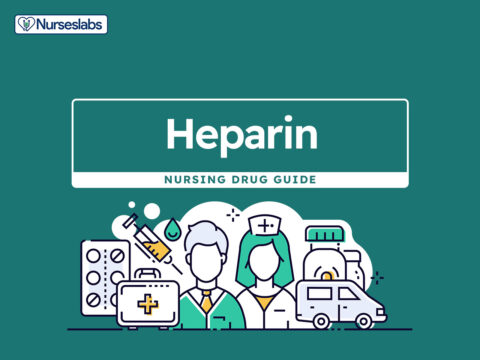
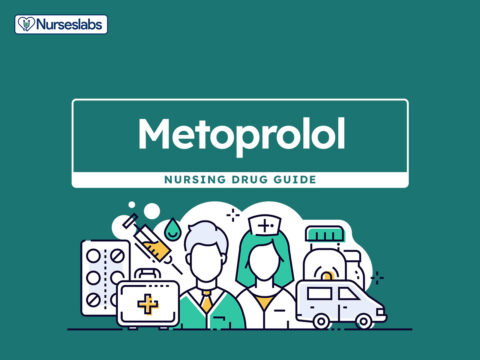
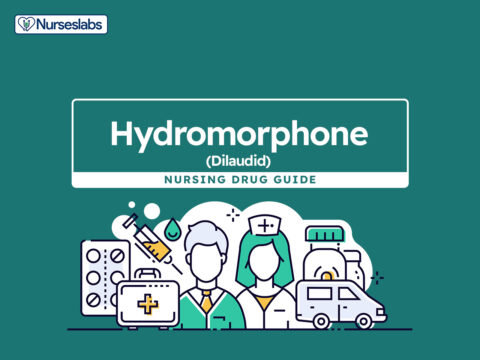
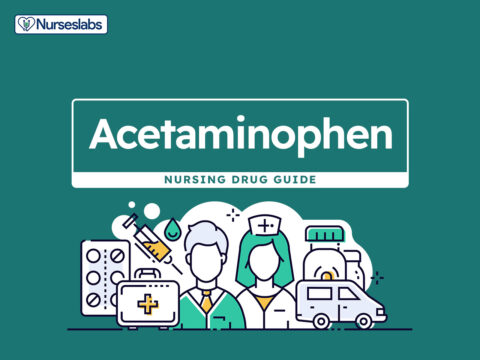

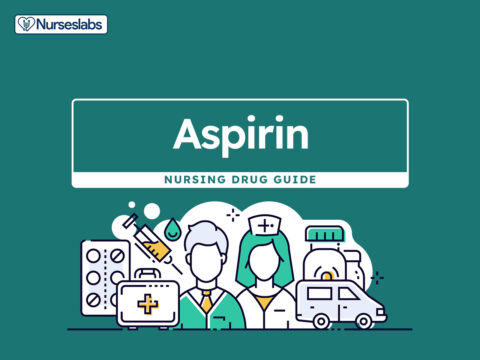
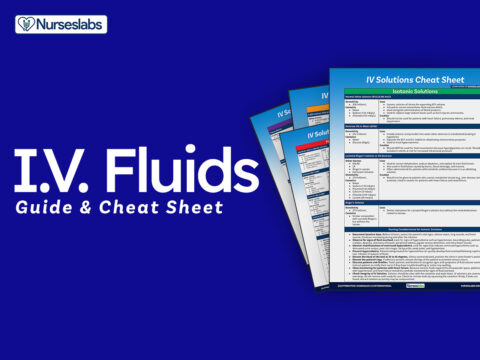
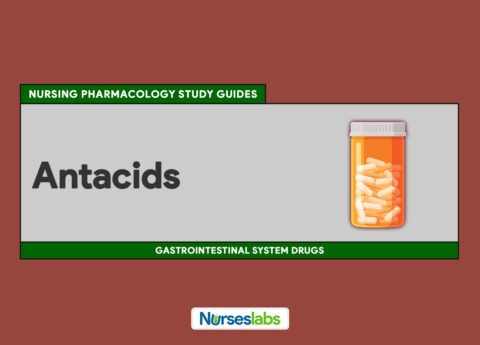
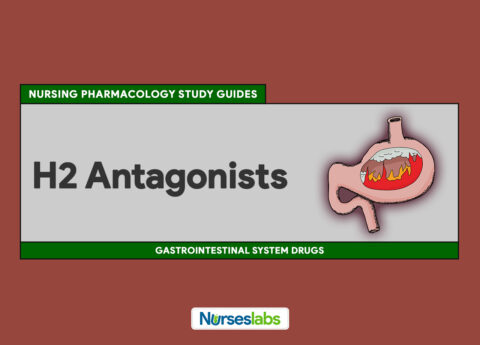
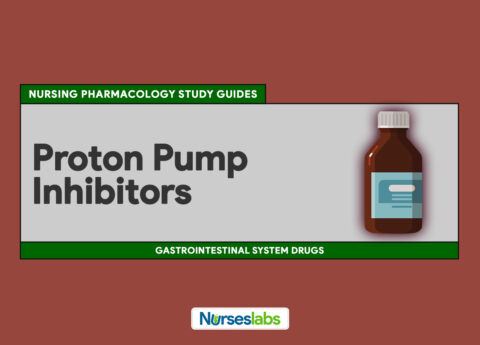
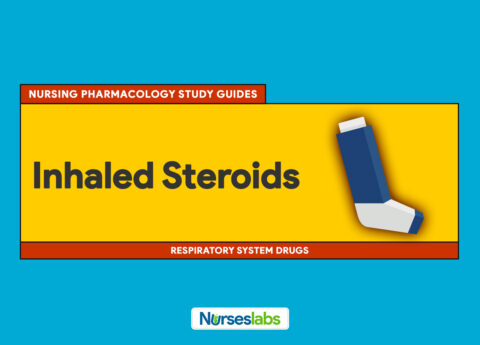
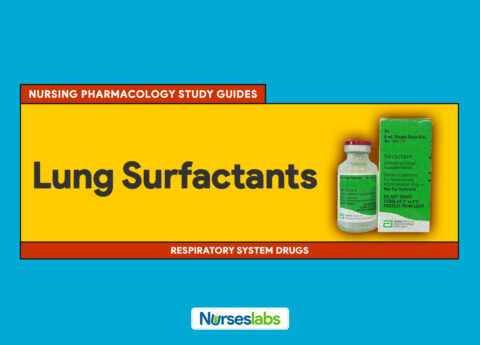


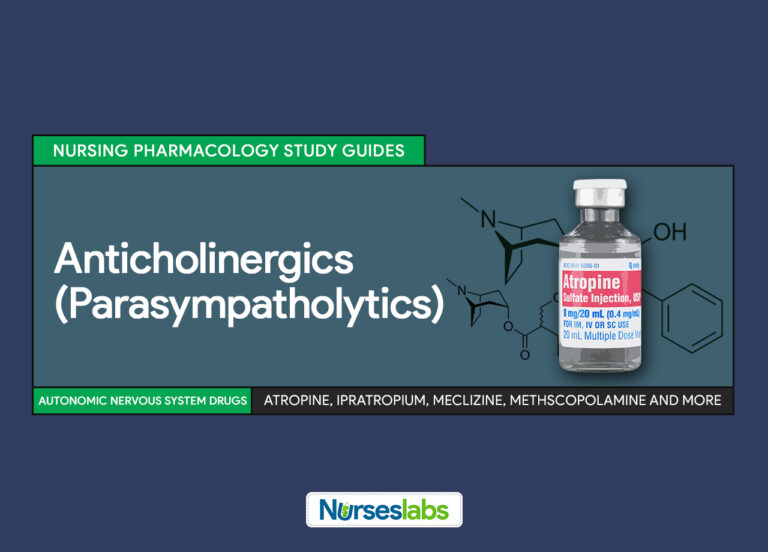
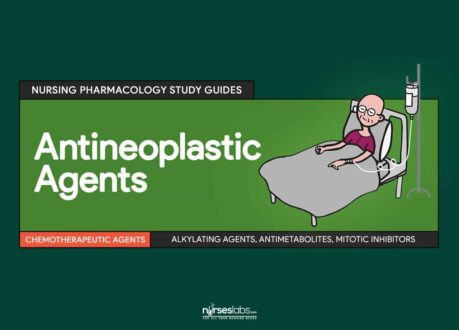
![Furosemide Nursing Considerations and Patient Teaching [Drug Guide]](https://nurseslabs.com/wp-content/uploads/2023/07/Furosemide-768x576.jpg)
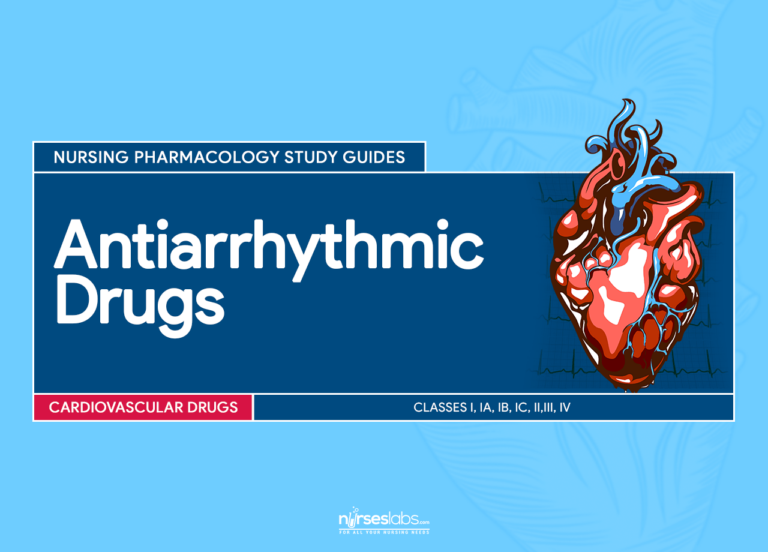
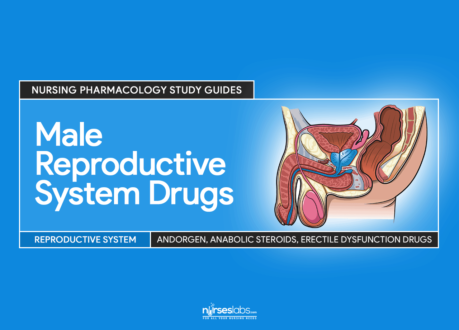
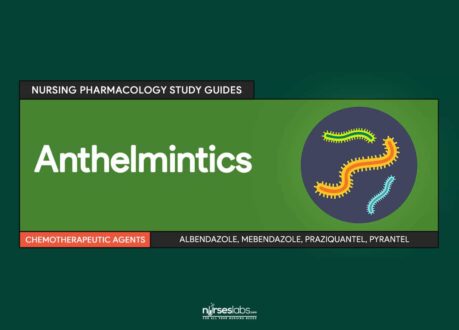

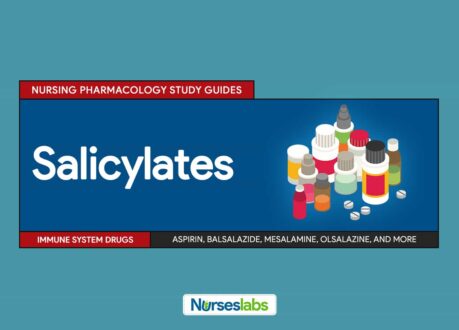


Leave a Comment